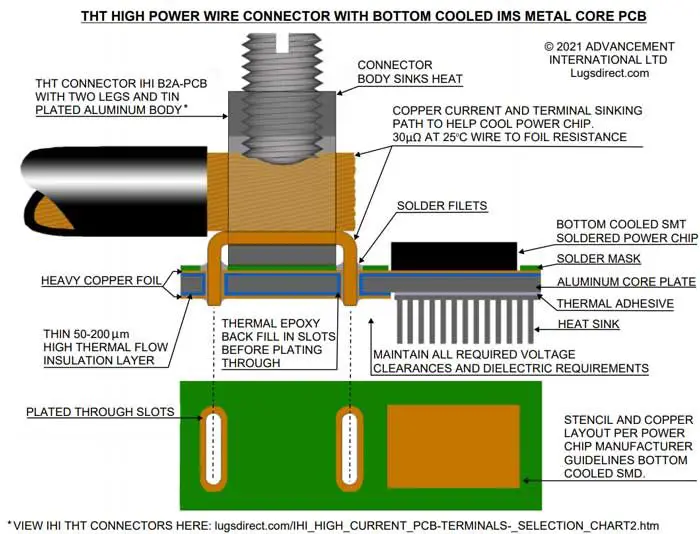Do Mlb Players Use Grip On Their Bats?
The grip a baseball player uses on their bat has long been a topic of debate and controversy in Major League Baseball. While some players firmly believe in the traditional “knob” grip, others argue that alternative grips like the “axe handle” provide better control and power.
The way a player grips their bat can significantly impact their ability to hit, yet there is no consensus on the optimal technique. This article will dive into the history of different bat grips, the regulations around them, insights from players on both sides of the debate, and an analysis of the potential benefits and drawbacks of each style.
Whether you are a casual fan or aspiring player, understanding the nuances of bat grip allows for a deeper appreciation of the game. By exploring all facets of this classic baseball controversy, we will uncover new perspectives on a timeless topic.
History of Bat Grip
Bat grip has become increasingly popular among MLB players over the past decade. According to an article by Lizard Skins, a major manufacturer of bat grip tape, while bat grip products existed prior to 2010, adoption was still relatively low (source).
That started to change around 2011 when Lizard Skins got involved in the MLB market and players began to take notice of the benefits of added grip and tack on their bats. By 2015, usage of bat grip was widespread across MLB (source).
There has been some controversy around bat grip products, especially pine tar, which can improve grip but also potentially alter the bat’s characteristics. While pine tar and other grip substances are legal in MLB as long as they remain below a certain height on the bat, their usage has still caused disputes at times (source).
Overall though, MLB has embraced bat grip accessories as useful tools for players. As long as they comply with rules around placement and substance, bat grip aids are now a common sight in MLB dugouts.
Types of Bat Grip
There are several different types of materials used for bat grips in MLB. Some of the most common include:
Rubber
Rubber bat grips are very common in MLB. They provide a tacky, textured surface that helps improve grip and control [1]. Rubber grips are inexpensive, lightweight, and easy to apply. However, some players feel rubber grips wear down too quickly or become slippery when wet.
Synthetic Leather
Synthetic leather grips provide a soft, tacky feel that many players prefer over rubber. They are very durable and tend to last longer than rubber grips. The main downside is they can be more expensive. Some players also feel synthetic leather doesn’t provide as much “tack” as rubber.
Two-Sided Tape
Two-sided grip tape provides a sticky surface to help improve control. It can be wrapped directly around the bat’s handle. While very inexpensive and lightweight, grip tape needs to be replaced frequently as the adhesive wears down. Some players also don’t like the feeling of tape on their hands.
In the end, choosing a grip comes down to personal preference and finding the right balance of tack, comfort, control, and durability. Testing out different materials can help players settle on their ideal bat grip.
Regulations Around Bat Grip
Major League Baseball has specific rules regarding what is allowed and not allowed when it comes to bat grips. According to the official MLB rules, the bat handle may be covered or treated with any material or substance to improve the grip, but only for the bottom 18 inches of the bat handle. This allows players to add pine tar, stickers, tape or other substances to the lower portion of the bat to help with grip.
If a player is found to have pine tar or other grip-enhancing substances above the allowable 18-inch limit, the bat will be declared illegal. For example, in 2014 Yankees player Michael Pineda was caught with pine tar stretching 23 inches up the handle of his bat. He was immediately ejected from the game and received an automatic 10-game suspension from MLB for the infraction.
Therefore, while some bat grip substances are allowed by MLB rules, there are strict limits. Going beyond 18 inches up the bat handle with pine tar or other grip aids is prohibited and punishable by ejection, suspension and fines.
Players That Use Bat Grip
Many star MLB players use bat grip to help improve their performance and comfort at the plate. According to Lizard Skins, players like Mike Trout, Mookie Betts, Ronald Acuña Jr., Eric Hosmer, David Fletcher and Randal Grichuk all use Lizard Skins branded bat grips (source).

Ronald Acuña Jr., star outfielder for the Atlanta Braves, uses a red Lizard Skins bat grip on his Louisville Slugger bat. Players comment that the textured grip helps them hang onto the bat better and prevent blisters (source).
Many players say the additional grip allows them to swing the bat harder and more confidently without worrying about losing control. The tactile feeling of the grip tape allows them to consistently hold the bat in the optimal hitting zone.
Players That Don’t Use Bat Grip
While many MLB players use some form of bat grip, there are some who avoid it for various reasons. Some players feel that bat grip takes away the natural feel of the wood bat in their hands. They prefer the raw feeling of wood on skin for better bat control and feedback.
Other players find that bat grip actually makes the bat more slippery if their hands get sweaty during a game. The moisture can reduce the friction the grip is supposed to provide. Players like Albert Pujols and Mike Trout have mentioned not needing or liking the feeling of bat grip.
Some old school players still follow the traditional belief that bat grip should be avoided. They feel it detracts from the classic feel of baseball. Players like Miguel Cabrera and Ichiro Suzuki have stuck to their guns when it comes to bat grip over the years.
Statistical Analysis
Research has shown some key statistics on how bat grip affects baseball hitting performance. A 2009 study published in the Journal of Applied Biomechanics (https://pubmed.ncbi.nlm.nih.gov/19827469/) examined hitting kinematics in 14 adult baseball players using normal and choke-up grips. They found that the choke-up grip resulted in less time during the stride phase and swing, allowing hitters to wait longer before committing to swing at a pitch.
Additionally, a study in the International Journal of Sport and Health Science (https://www.jstage.jst.go.jp/article/ijshs/advpub/0/advpub_201519/_article) looked at grip position changes on swing timing. Switching from a long to short bat grip did not significantly improve swing timing. The key statistics show mixed results on whether bat grip enhances hitting performance through measures like swing time and bat control.
Arguments For Using Bat Grip
One of the main arguments in favor of using bat grip is that it can greatly improve a player’s grip and control of the bat. As explained in an article on Lizard Skins’ website, “The biggest advantage of using [bat grips] is you can grip the bat better with less effort” (source). The material used for most bat grips creates more friction and tackiness compared to a bare bat handle, allowing players to hold the bat tighter without having to squeeze as hard.
This improved grip can give hitters better control and whip through the zone. With bat grip tape like Lizard Skins (source), players are able to have a “feel” for the bat and increased control of the bat head (source). Bat grip helps players grip the knob better and prevents the bottom hand from rolling off the bat during a swing.
In cold weather when hands can get numb, the extra tack and insulation of bat grip also keeps player’s hands warmer and more comfortable at the plate. The friction creates warmth, while materials like polyurethane provide an extra layer of insulation for maintained dexterity.
Arguments Against Bat Grip
One of the main arguments against using bat grip is that some people consider it a form of cheating. According to Lizard Skins, bat grip gives players an unfair advantage by improving their grip and control over the bat. Since bat grip is an additional substance added to the bat, some view it as going against the spirit of the game and gaining an edge in an unsportsmanlike way.
Additionally, some players argue that bat grip fundamentally changes the feel and control of the bat. The bare wood of a bat has a certain natural grip that players get accustomed to through years of experience. Adding an artificial grip covers up this natural grip and feedback from the bat. This can make it more difficult for players to control their swings, aim accurately, and make solid contact with the ball. Some traditionalist players prefer the authentic feel of a wood bat grip and advocate against alterations like added grip tape or pine tar.
Conclusion
In summary, research shows that bat grip has minimal effect on hitting performance or power. While some players may have personal preferences for certain grip styles, the physics indicate grip does not significantly factor into the ball-bat collision. The energy transfer and trajectory is far more dependent on the bat’s mass, swing speed, and point of impact. Some bat grip techniques can help with comfort, swing consistency, or psychology, but do not inherently improve hitting abilities. Players at all levels should focus more on swing mechanics, practice, and strength training rather than trying to gain an edge from grip style alone.
In conclusion, MLB players use a variety of grip styles based on their own preferences, but the data does not support any major performance advantage for one grip over another. The key to hitting success lies more in overall hitting fundamentals, training, and natural ability. While finding a comfortable grip can aid confidence and consistency, no magic grip will suddenly transform a hitter. Instead, developing sound mechanics through dedication and experience leads to excellence at the plate.



